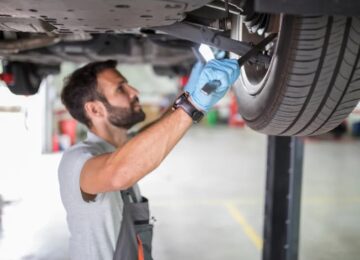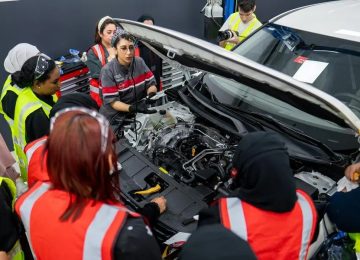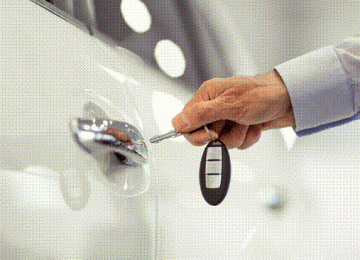Car sun visors have changed over years. They protect drivers from sunlight effectively. Future technology promises smarter visor features daily. Adjustable opacity may allow precise light control. Heads-up display integration may improve driver awareness. Visors will combine comfort with advanced functionality consistently. Manufacturers explore innovation to enhance safety and convenience. New materials promise durability and lightweight design. Technology improves both aesthetics and interior usability. Future designs aim to reduce glare without distraction. Smart visors could communicate with other vehicle systems. Drivers will benefit from responsive and adaptive components. Advanced features may respond automatically to sunlight intensity. Functional visors will remain essential while offering extra convenience. In case of any fixing, Auto Repair in Paso Robles, CA based services like Shift’s Gears Auto Repair is the best bet.
Smart Visor Features
Smart visors adjust opacity automatically under sunlight. Sensors detect light intensity and change panels quickly. Drivers experience reduced glare without manual adjustments consistently. Touch controls may allow personal customization easily. Some designs may include tint memory for frequent routes. Panels may adjust gradually to prevent sudden darkness. Smart visors improve comfort during long or sunny drives. Automatic response prevents eye strain and fatigue effectively. Integration with climate systems may optimize interior temperature. Future models may connect with driver preferences and habits. Smart materials improve both performance and reliability over time. Functional visors will combine technology with traditional protection. Adaptive visors enhance safety without requiring constant adjustment.
Heads-Up Display Integration
Future visors may include integrated heads-up displays. Important driving information can appear on the visor surface. Drivers can monitor speed, navigation, and alerts safely. Display may adjust brightness automatically for visibility. Integration reduces the need for dashboard glances consistently. Visors may provide augmented reality for safer driving. Heads-up displays may improve reaction times in traffic. Real-time alerts could reduce accidents and enhance safety. Panels may include touch-sensitive controls for interactive features. Integrated HUD may combine safety with modern vehicle aesthetics. Functional visors will remain both protective and informative. Drivers may rely on visors as multi-functional tools. Advanced integration from Shift’s Gears Auto Repair improves usability while maintaining comfort and style.
Conclusion
Future car sun visors will integrate advanced technology seamlessly. Smart opacity adjustment will reduce glare automatically. Heads-up display integration will enhance driver awareness safely. New materials will improve durability and reduce weight consistently. Functionality will combine protection comfort and modern innovation effectively. Visors will respond dynamically to environmental and driving conditions. Advanced features may communicate with other vehicle systems easily. Smart visors will reduce fatigue and improve safety daily. Innovative designs will support both aesthetics and performance reliably. Functional visors will remain essential in future vehicles. Technology will improve usability without sacrificing basic protection. Drivers will enjoy more comfortable and safer journeys consistently. Adaptive visors will shape the future of interior innovation.










